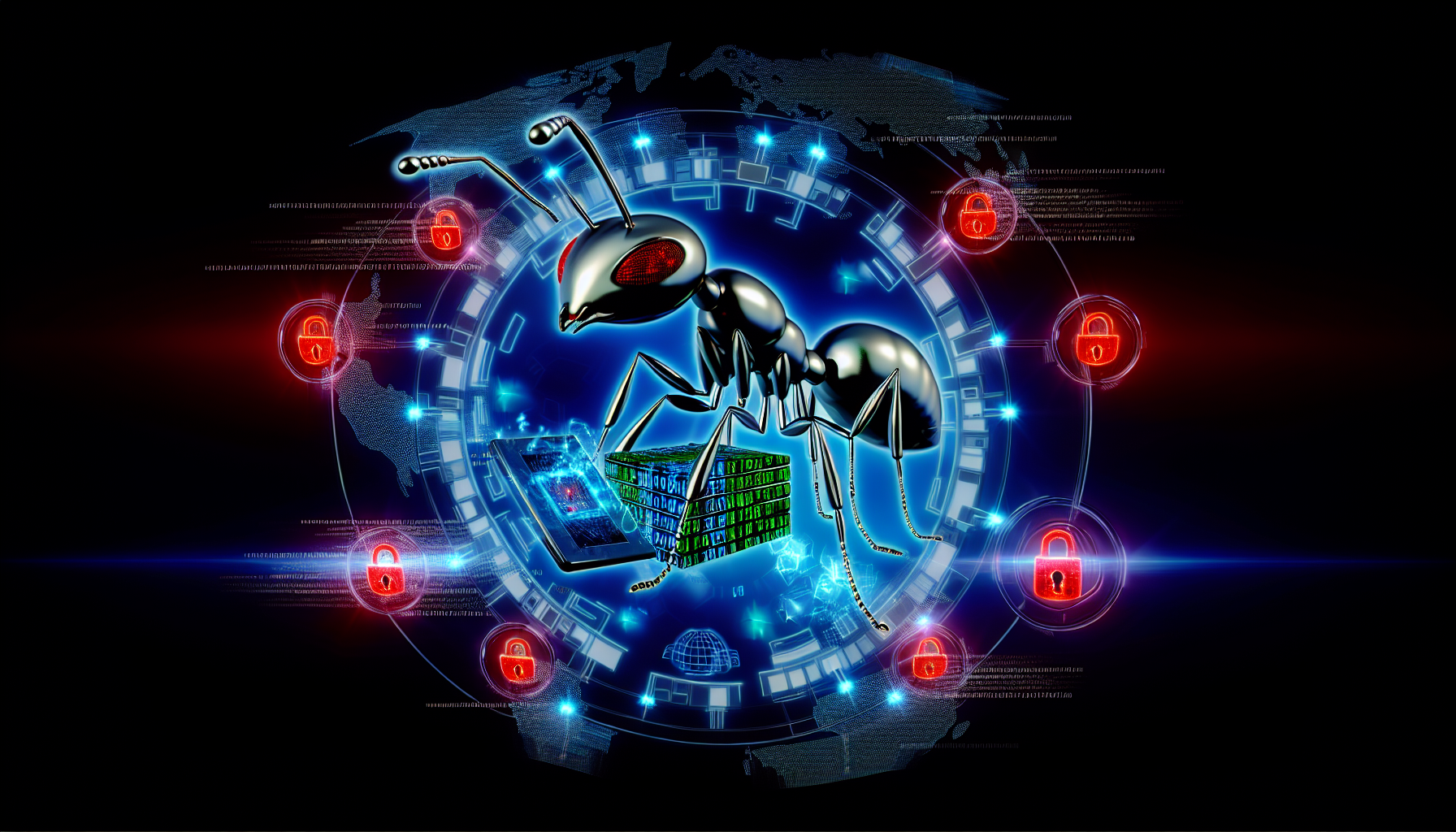Threat Overview
The cybersecurity landscape is continually evolving, with new threats emerging at an alarming rate. One of the latest and most concerning developments is the rise of open-source ransomware, as highlighted in a recent threat report published by AlienVault on April 8, 2025. The report, titled ‘CrazyHunter: The Rising Threat of Open-Source Ransomware,’ delves into a significant ransomware attack that targeted Mackay Memorial Hospital in Taiwan. This incident underscores the growing trend of threat actors leveraging publicly available offensive tools to launch sophisticated cyber attacks.
The CrazyHunter ransomware, built using the Prince Ransomware builder sourced from GitHub, successfully encrypted over 600 devices across two hospital branches. The attack is believed to have been initiated via a USB device, demonstrating the simplicity and effectiveness of such vectors in compromising critical infrastructure. The threat actor employed a variety of tools for defense evasion, encryption, and lateral movement, making the attack particularly challenging to detect and mitigate.
One of the key tools used in this attack was a vulnerable Zemana driver, which allowed the threat actor to disable security products on the compromised systems. This tactic highlights the importance of keeping all software up-to-date and patching vulnerabilities promptly. Additionally, the Prince Ransomware builder was utilized for file encryption, showcasing how open-source tools can be repurposed for malicious activities.
Lateral movement within the network was facilitated using SharpGPOAbuse, a tool designed to exploit Group Policy Objects (GPOs) for unauthorized access and control. This method of lateral movement is particularly insidious because it leverages legitimate administrative tools, making it difficult to distinguish between normal and malicious activity.
The incident at Mackay Memorial Hospital serves as a stark reminder of the increasing accessibility of cyber attack tools. Even less skilled actors can now launch sophisticated attacks by utilizing publicly available resources. This trend poses significant challenges for attribution and defense against ransomware threats, as the use of open-source tools makes it harder to trace the origin of an attack.
Recommendations
In light of these developments, organizations must adopt a proactive approach to cybersecurity. Here are some recommendations to mitigate the risks associated with open-source ransomware:
- Regularly Update and Patch Systems: Ensure that all software, including security products, is kept up-to-date with the latest patches and updates. This reduces the likelihood of vulnerabilities being exploited by threat actors.
- Implement Strong Access Controls: Limit access to critical systems and data based on the principle of least privilege. This minimizes the potential impact of a successful attack.
-
Monitor for Anomalous Activity: Deploy advanced monitoring tools to detect unusual behavior within the network. This includes monitoring for unauthorized access attempts, suspicious file modifications, and lateral movement activities.
-
Educate Employees: Conduct regular training sessions to educate employees about the risks associated with cyber threats and best practices for maintaining security. This includes recognizing phishing attempts and avoiding the use of untrusted USB devices.
-
Backup Critical Data: Regularly back up critical data and ensure that backups are stored securely offsite. This ensures that data can be restored in the event of a ransomware attack without paying the ransom.
-
Use Multi-Factor Authentication (MFA): Implement MFA for all access points to critical systems. This adds an extra layer of security, making it more difficult for threat actors to gain unauthorized access.
-
Conduct Regular Security Audits: Perform regular security audits and penetration testing to identify and address potential vulnerabilities in the network. This helps in proactively mitigating risks before they can be exploited by threat actors.
-
Collaborate with Cybersecurity Experts: Partner with cybersecurity firms and participate in information-sharing communities to stay informed about the latest threats and best practices for defense.
Conclusion
The CrazyHunter ransomware attack on Mackay Memorial Hospital is a wake-up call for organizations worldwide. The increasing accessibility of open-source offensive tools means that even less skilled actors can launch sophisticated attacks. By adopting a proactive approach to cybersecurity, implementing strong access controls, monitoring for anomalous activity, and educating employees, organizations can significantly reduce their risk of falling victim to such threats.
For more detailed information on the CrazyHunter ransomware and recommendations for mitigation, please refer to the external references provided in the report:
- https://labs.withsecure.com/publications/crazyhunter-ransomware
- https://otx.alienvault.com/pulse/67f4fae37154dd3c27358f82
Stay vigilant and proactive in your cybersecurity efforts to protect against the evolving threat landscape.
Discover more from ESSGroup
Subscribe to get the latest posts sent to your email.





